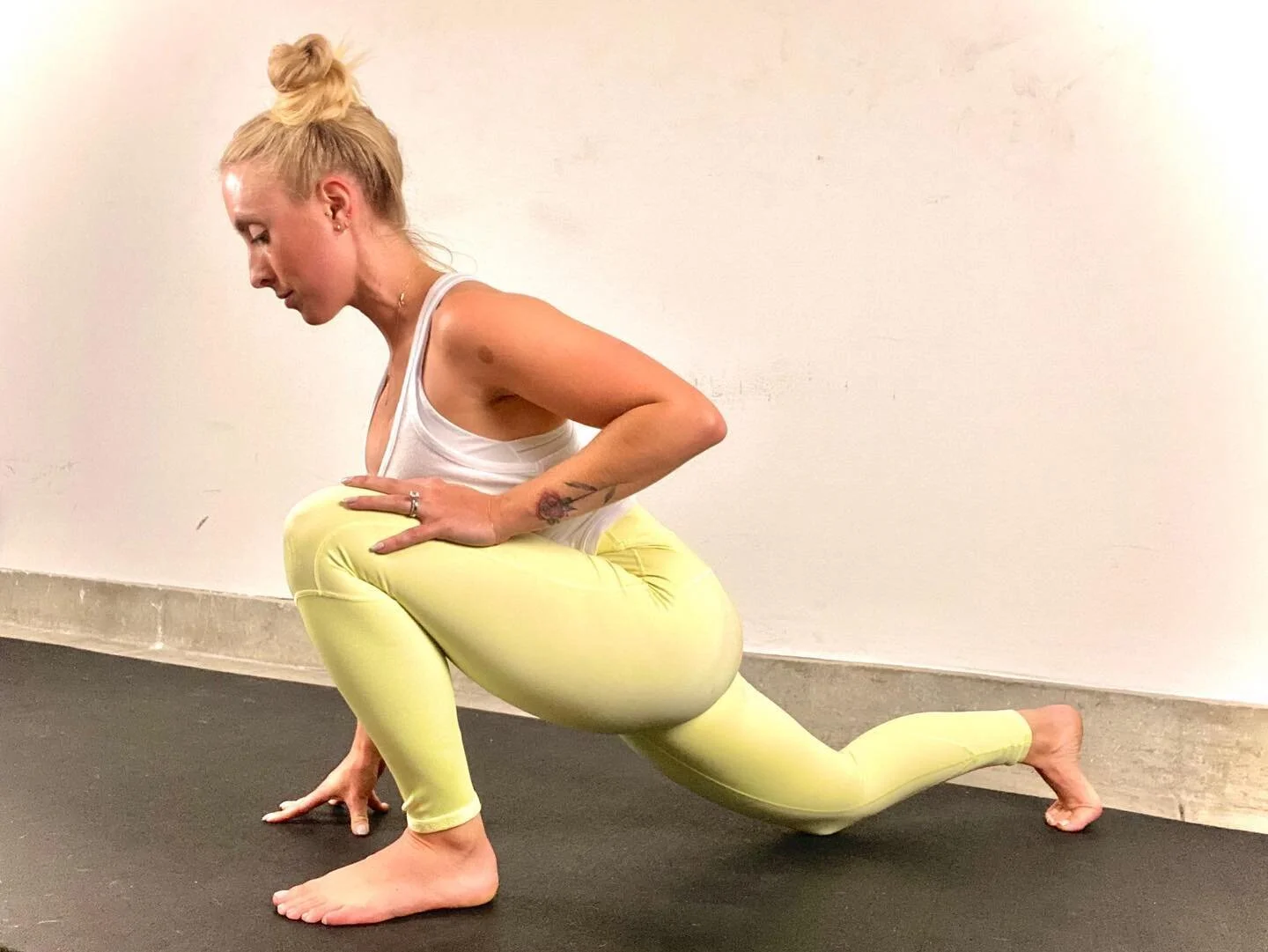SHOULD I STRETCH BEFORE OR AFTER I TRAIN?
This is one of the most common questions I get from clients. The answer isn’t short, but I promise to keep it simple!
First, you should know that there are different methods of stretching. For the sake of simplicity, I’ll focus on 2 of them: static [not moving] and dynamic [moving].
Generally speaking, I’ll classify dynamic stretches as a better way to loosen up pre-workout than static stretching, [though it’s not the only technique for a good warm-up - just the ideal way to focus on mobility if you want that incorporated into your warm-up].
And I’ll classify static stretches as a great way to improve flexibility if your muscles are nice & warm [like they usually are post-workout, which is why I usually save static stretches for the end of a training session].
To be super clear about what I’m saying: if your goal is to improve your flexibility - save it for after your training session because your muscles are most receptive to flexibility work when they’re nice and warm. If your goal is to warm up and loosen up in a way that improves your performance and reduces your risk of injury while training - stick to dynamic movements because static stretches pre-workout can create tension instead of reduce it.
Check out this 25 second video I created that sums it all up and demonstrates the difference between dynamic and static stretches.
I should also mention that ballistic stretching - bouncing as you hold a stretch - is an outdated method. Studies have found that it can work against us more than it works for us [it can increase our risk of ending up injured - when obviously we want to decrease our risk of that happening]. While it technically can be classified as “dynamic”, we’re better of sticking to movements that flow like a river rather than pelt like rain ;-) That’s why I didn’t demo it in my video, but I still see people doing it often enough that I wanted to bust the myth!
Any questions?! Fire away!





